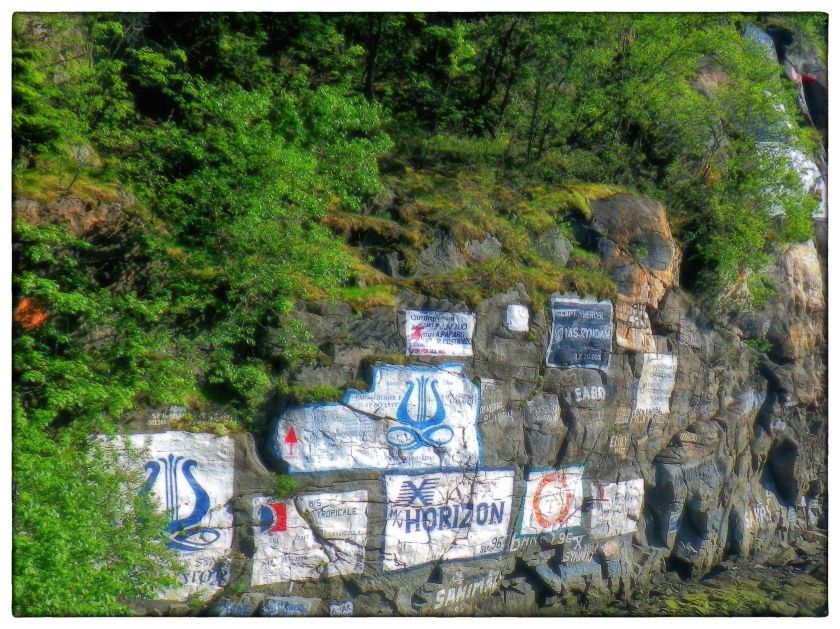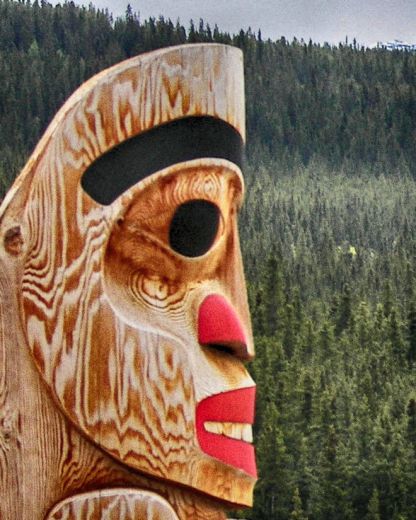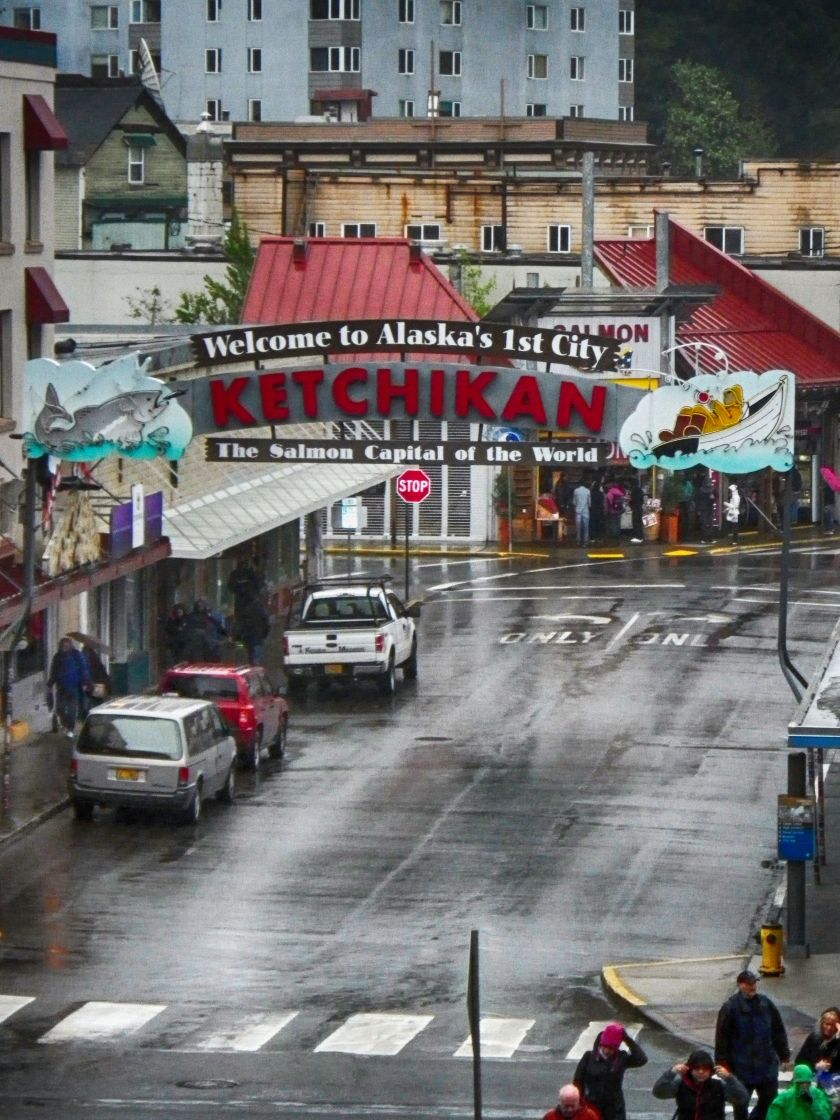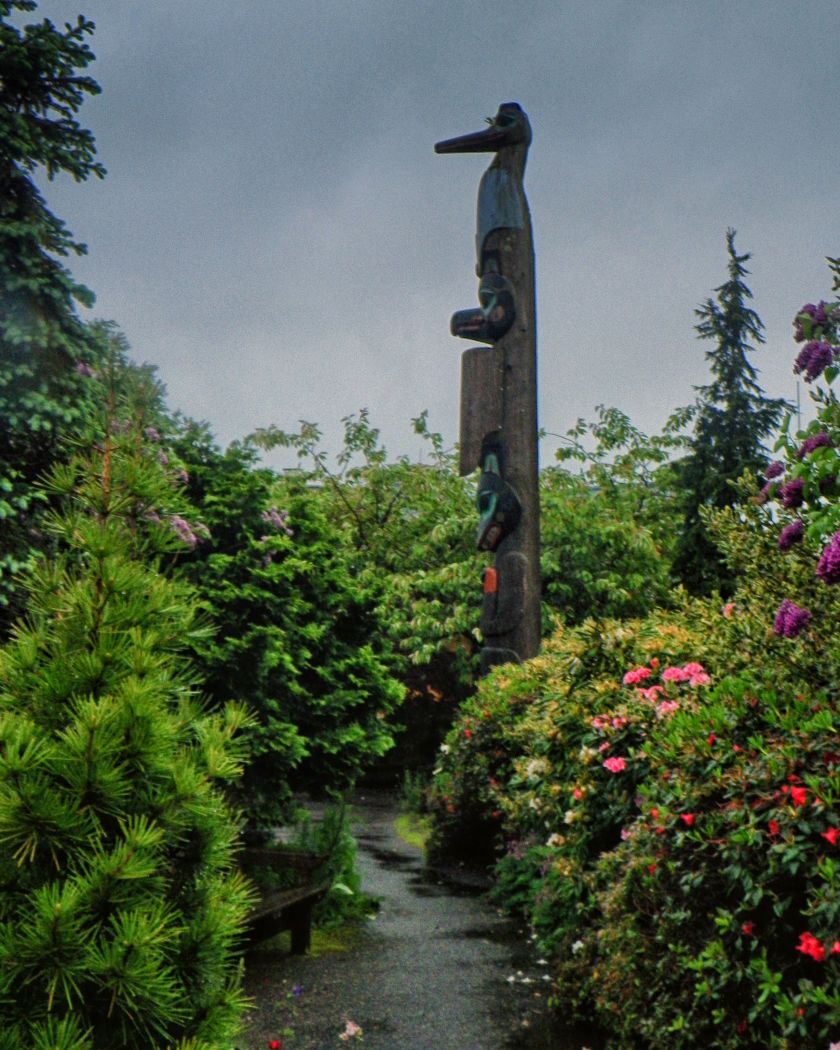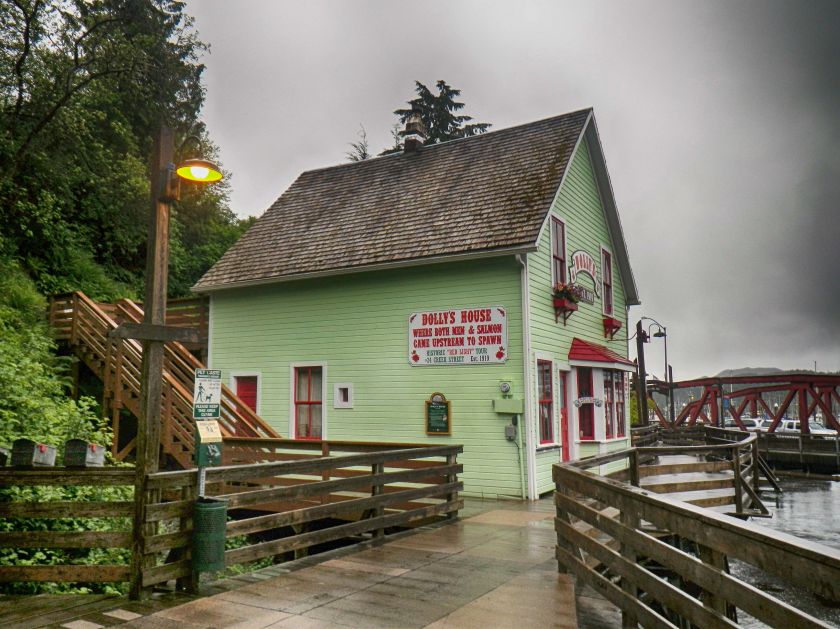One of the highlights of our cruise was the day spent in Glacier Bay National Park and Preserve. Designated a National Monument by President Calvin Coolidge and named a UNESCO World Heritage Site in 1979, Glacier Bay has been a cruise ship destination since the 1960s.
We spend virtually the entire day on deck enjoying some of the most beautiful natural areas on Earth. Luckily, it didn’t rain, which, according to the National Park Service, is a rare event. They call rainy days “glacier making days” and there are a lot of Glaciers in Glacier Bay.
We went on deck early and enjoyed a “special” coffee. We asked the waiter for coffee with a splash of Kahlua. His response was “Ooh!” and then he made our coffee. We liked him a lot.
Cruising Glacier Bay is a thing of beauty. Everywhere you look you see wilderness virtually untouched by man. It’s quiet to the point of feeling like you’re in a religious shrine.

We were on the lookout for wildlife. Glacier Bay is home to whales, sea otters, seals, brown bears, mountain goats and many other species. We did see a couple sea otters, a humpback whale and a bald eagle (resting on a small iceberg), but the excitement started for us when we spotted mountain goats high up the sides of the mountains. It’s amazing to see these animals make their way across nearly vertical walls of rock.
The stars of the show for most, though, are the glaciers. There are a lot of glaciers in Glacier Bay but the queen of them all is Marjorie Glacier. The railings along the deck were packed with people waiting to see Marjorie Glacier. It had the feel of fans lining the red carpet at a movie premier. And, to be fair, Marjorie Glacier is quite a sight. Big and beautiful, calving icebergs every few minutes, the glacier puts on quite a show.
If you can tear your eyes away from Marjorie Glacier and manage to look over your right shoulder you’ll see another glacier. The Grand Pacific doesn’t have the eye appeal of its neighbor but is no less impressive. Grand Pacific is black, covered with dirt that the glacier has dragged along in its journey to the bay. Because of this Grand Pacific doesn’t attract thr attention that it’s neighbor does.

We spent an hour or so at these two glaciers before heading for our next glacier, the Johns Hopkins Glacier. This 12-mile long glacier gets its start on the eastern slopes of Lituya Mountain and ends in the Johns Hopkins Inlet. Interestingly, the western slopes of Lituya Mountain were the site of the highest tsunami ever recorded. Damage from a 1958 earthquake along the Fairweather Fault were seen over 1,700 feet up the side of the mountain.

A second glacier terminates in Johns Hopkins Inlet. Lamplugh Glacier is quite pretty, with lots of the glacier blue ice showing at its terminus. Just over a month after our visit, Lamplugh Glacier was the site of a huge avalanche that left 150 million tons of debris on it’s surface. Nature can be awesome.

Our time in Glacier Bay is a day we’ll never forget.








